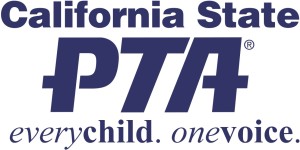A final evaluation report should include (Evaluation Form):
- Problem statement;
- Summary of the action plan;
- Changes effected relative to the identified concern; by whom;
- Type and extent of school and community involvement;
- Budget and actual dollars spent;
- Project completion (On time? Within budget?);
- Continuing action needed;
- Continuing action planned; and
- A final report presented to the PTA executive board and general membership.
